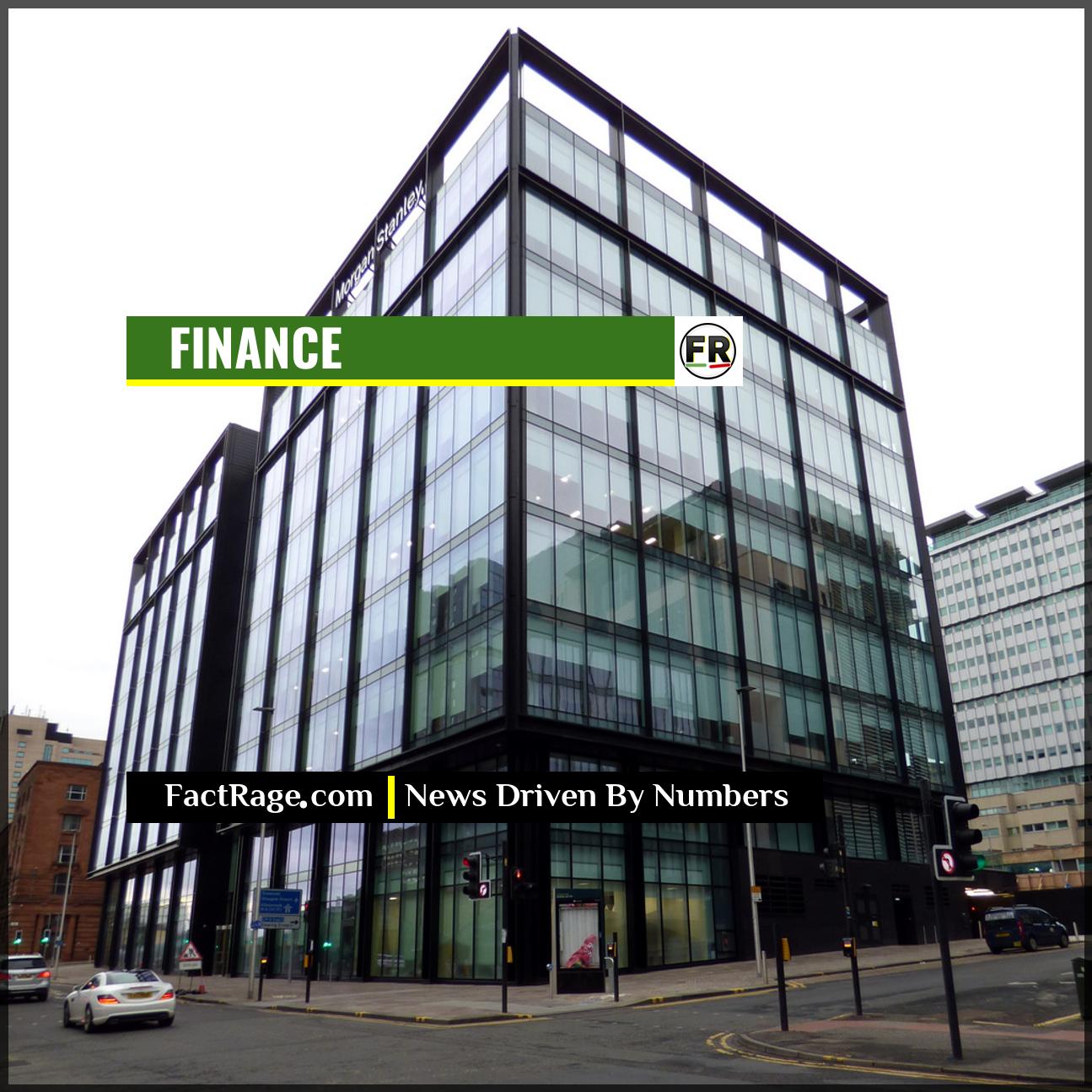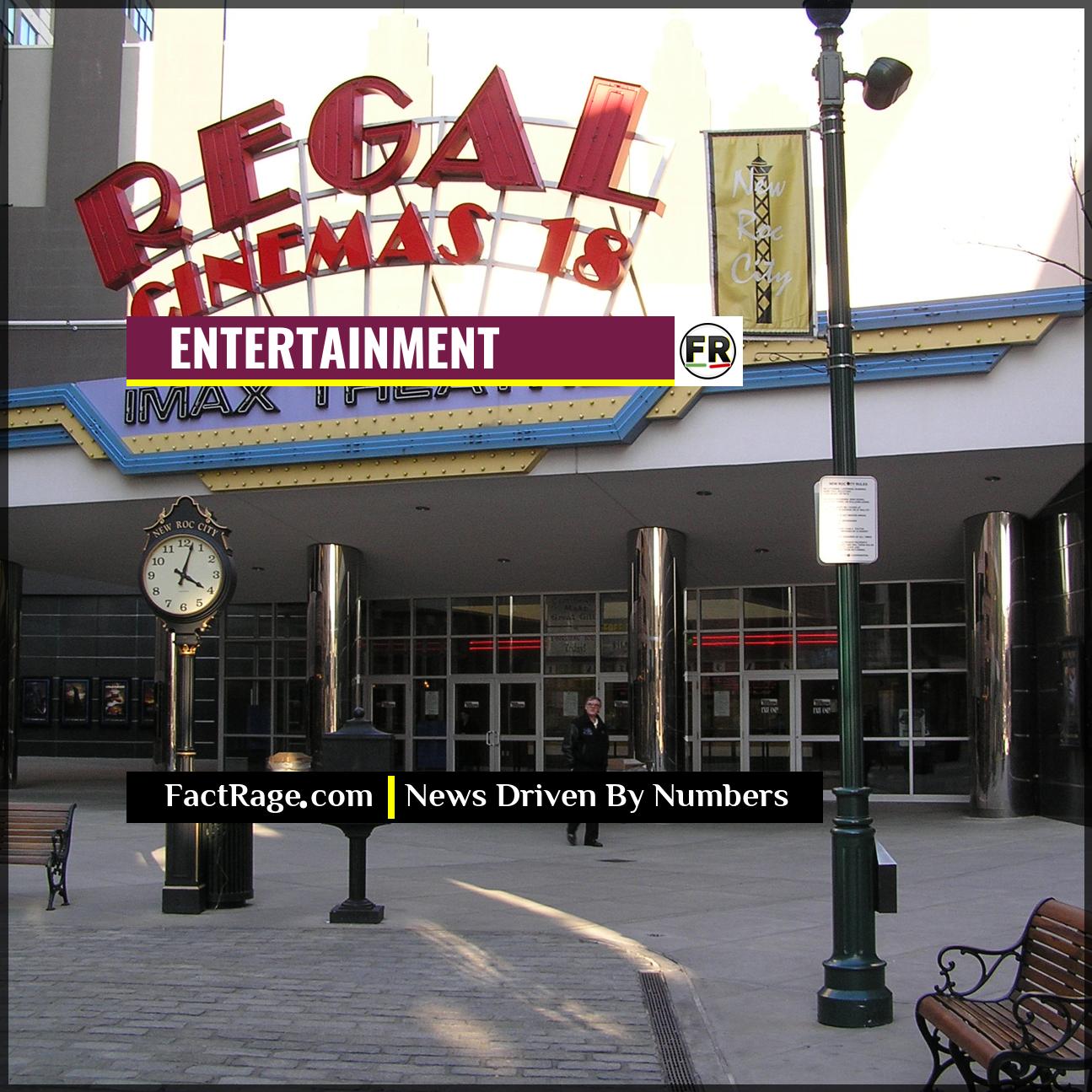WASHINGTON, DC – The Federal Reserve’s Federal Open Market Committee (FOMC) is set to convene on July 29-30, facing a complex mix of cooling economic data and persistent inflation that complicates its next move on interest rates.
- Mixed Economic Signals – Inflation remains above the Fed’s 2% target, but recent jobs and growth reports suggest the economy is slowing under the pressure of current interest rates.
- The Core Dilemma – Policymakers must decide whether to hold rates steady to further combat inflation or consider easing policy to avoid triggering a significant economic downturn.
- Political Backdrop – While officially independent, the Fed’s decision will be closely scrutinized by the White House and Congress, who are focused on economic performance and its impact on households.
- As financial markets and everyday Americans await the outcome, the decision hinges on a careful interpretation of key economic indicators and a high-stakes balancing act between two undesirable outcomes runaway inflation and a sharp recession.
From Your Analyst: It’s the Process, Not Just the Prediction
![]() Public debate often reduces the Federal Reserve’s work to a simple “hike or cut” question, treating it like a sport. The real story, however, is in the high-stakes process of weighing conflicting data and navigating immense institutional pressure. Understanding the mechanics of this debate is crucial, because it reveals how the abstract levers of monetary policy translate into tangible economic reality for everyone.
Public debate often reduces the Federal Reserve’s work to a simple “hike or cut” question, treating it like a sport. The real story, however, is in the high-stakes process of weighing conflicting data and navigating immense institutional pressure. Understanding the mechanics of this debate is crucial, because it reveals how the abstract levers of monetary policy translate into tangible economic reality for everyone.
The Numbers Behind the Decision: Unpacking the Latest Economic Reports

The Federal Reserve operates with a dual mandate: to foster maximum employment and maintain stable prices. To gauge its progress, the FOMC closely analyzes a stream of economic data. The most recent reports present a conflicting picture.
The latest Consumer Price Index (CPI), a key measure of inflation, registered a 3.1% year-over-year increase. While this is a significant drop from previous highs, it remains stubbornly above the Fed’s 2% target. Another metric, the Personal Consumption Expenditures (PCE) price index, which is the Fed’s preferred gauge, also shows inflation persisting around 2.8%.
At the same time, the labor market is showing signs of softening. The June jobs report indicated that the unemployment rate had ticked up to 4.1%, and while job creation continued, it did so at a slower pace than in previous months. This suggests that the Fed’s previous rate hikes are successfully cooling economic demand. Added to this is the latest Gross Domestic Product (GDP) figure, which showed the economy growing at a modest 1.8% annualized rate, further evidence of a slowdown.
The Arguments for Holding vs. Easing: Inside the FOMC’s Debate
This mixed data creates a sharp debate among policymakers. The central question is whether the current policy is restrictive enough.
One camp, often referred to as “hawks,” argues for holding interest rates at their current level, or at least signaling that a future hike is not off the table. Their primary concern is the risk of cutting rates too soon, which could allow inflation to become entrenched. They point to the still-elevated CPI and PCE figures as evidence that the fight is not yet won. For this group, a period of slower growth is a necessary price to pay to ensure long-term price stability.
On the other side are the “doves,” who are increasingly concerned about the risk of overtightening and pushing the economy into a recession. They see the rising unemployment rate and slowing GDP as warning signs that the economy is more fragile than headline inflation numbers suggest. This group believes the current high interest rates have done their job and that maintaining them for too long could lead to unnecessary job losses and economic pain. The debate is a matter of judging whether the medicine is becoming more dangerous than the disease.
Navigating the Political Tightrope: How External Pressures Shape the Fed’s Focus
While the Federal Reserve is an independent institution designed to be insulated from short-term political whims, its decisions have profound political consequences. The White House and members of Congress are acutely aware that interest rates affect everything from car loans and mortgage payments to business investment and hiring.
Chairman Jerome Powell and the Board of Governors operate under a constant, if indirect, political spotlight. An administration facing public concern over the cost of living wants to see economic conditions improve, which often translates to a desire for lower interest rates and stronger growth. However, the Fed’s mandate is strictly economic. Its credibility rests on its ability to make unpopular decisions, such as keeping rates high, if the data calls for it.
This dynamic forces the FOMC to not only analyze the economic data but also to communicate its decisions with extreme care. Every word in its post-meeting statement will be parsed for clues about future policy, a process that must be managed while navigating the pressures from a political system that often prioritizes immediate economic relief over the central bank’s long-term goals.
The High-Stakes Calculus of Monetary Policy
![]() Ultimately, the FOMC’s decision is more than a simple reaction to the latest data points; it is a calculated judgment within a complex economic and political framework. The committee’s choice will reveal not just its forecast for inflation, but its tolerance for economic risk in the pursuit of its mandate. In this moment, the abstract process of monetary policy becomes a tangible force, directly shaping the financial reality for millions of American households and defining the delicate balance between government action and economic outcome.
Ultimately, the FOMC’s decision is more than a simple reaction to the latest data points; it is a calculated judgment within a complex economic and political framework. The committee’s choice will reveal not just its forecast for inflation, but its tolerance for economic risk in the pursuit of its mandate. In this moment, the abstract process of monetary policy becomes a tangible force, directly shaping the financial reality for millions of American households and defining the delicate balance between government action and economic outcome.













